I said it before and I'll say it again: 'The More I Learn...
Lynn Nevins
19 years ago
Related Stories

FUN HOUZZEverything I Need to Know About Decorating I Learned from Downton Abbey
Mind your manors with these 10 decorating tips from the PBS series, returning on January 5
Full Story
LIFEYou Said It: ‘Just Because I’m Tiny Doesn’t Mean I Don’t Go Big’
Changing things up with space, color and paint dominated the design conversations this week
Full Story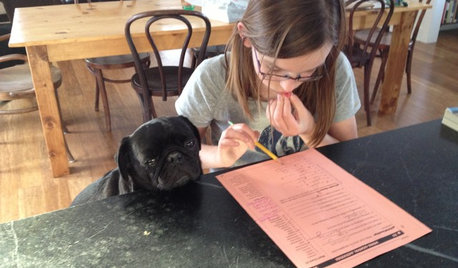
LIFEYou Said It: ‘I Knew This Home Had to Be Mine’ and More Quotables
Design advice, inspiration and observations that struck a chord this week
Full Story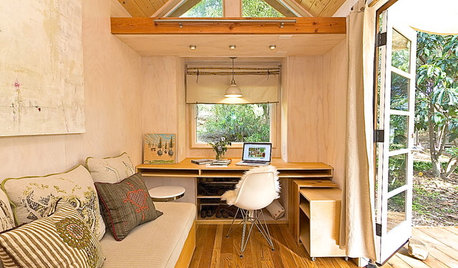
LIFEYou Said It: ‘I’m Never Leaving’ and More Houzz Quotables
Design advice, inspiration and observations that struck a chord this week
Full Story
FEEL-GOOD HOME12 Very Useful Things I've Learned From Designers
These simple ideas can make life at home more efficient and enjoyable
Full Story
GARDENING GUIDESHow I Learned to Be an Imperfect Gardener
Letting go can lead to a deeper level of gardening and a richer relationship with the landscape. Here's how one nature lover did it
Full Story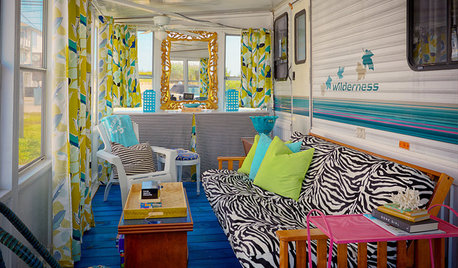
LIFEYou Said It: ‘They Looked at Me Like I Had 10 Heads’
Design advice, inspiration and observations that struck a chord
Full Story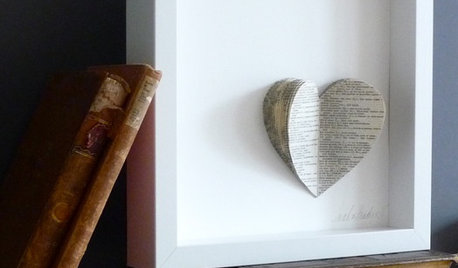
DECORATING GUIDESSay 'I Do' to Beautiful Wedding Memory Displays
You'll love and cherish these creative vignettes, artwork and more that keep the happiness of your special day at hand
Full Story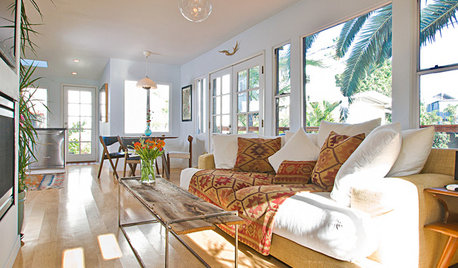
LIFEYou Said It: ‘I Actually Prefer Small Houses’ and Other Quotables
Design advice, inspiration and observations that struck a chord this week
Full Story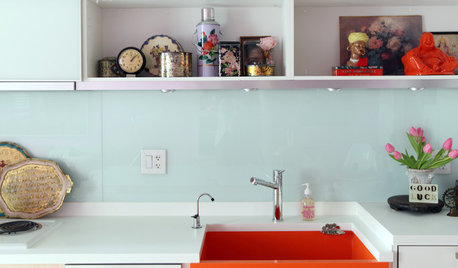
LIFEYou Said It: ‘Give the Kitchen a Little Wake-Up Call’ and More
Design advice, inspiration and observations that struck a chord this week
Full StoryMore Discussions








sara_the_brit_z6_ct
Lynn NevinsOriginal Author
Related Professionals
Richmond Heights Landscape Architects & Landscape Designers · Wixom Landscape Architects & Landscape Designers · Bound Brook Landscape Contractors · Brockton Landscape Contractors · New Cassel Landscape Contractors · North Ridgeville Landscape Contractors · Pompano Beach Landscape Contractors · St. Louis Landscape Contractors · Wheat Ridge Landscape Contractors · Woodbury Landscape Contractors · Centreville Decks, Patios & Outdoor Enclosures · Green Bay Decks, Patios & Outdoor Enclosures · Savannah Roofing & Gutters · Hillcrest Heights Roofing & Gutters · Orchards Roofing & Guttersgardener_sandy
mycalicogirls